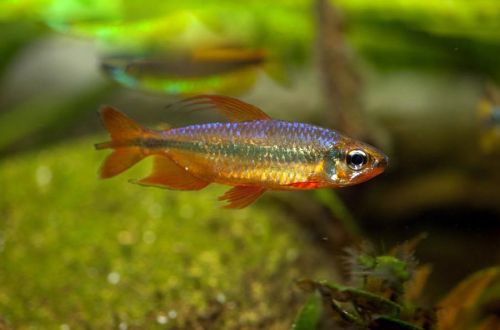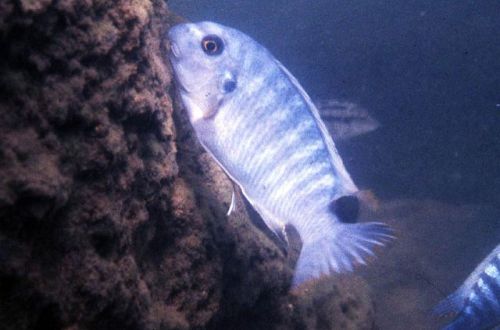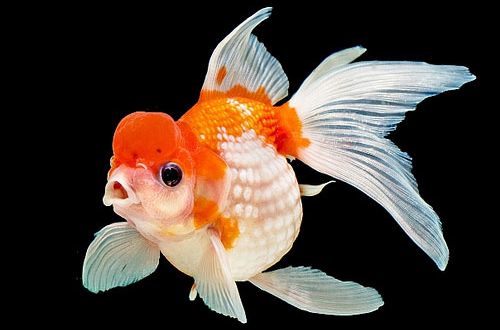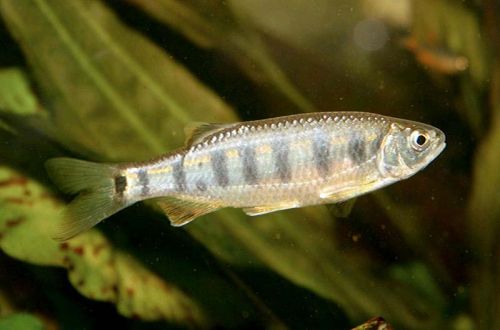
Red Congo
Red Congo, Cherry Congo or Brichard’s Congo (in honor of the Belgian ichthyologist Pierre Brichard), scientific name Alestopetersius brichardi, belongs to the family Alestidae (African tetras). Also, the name Cherry Congo is sometimes used as a synonym. Popular aquarium fish. It has a bright color, is easy to maintain and gets along well with many other freshwater species. All this makes it a good choice for the home aquarium.

Contents
Habitat
It comes from the African continent from the middle basin of the Congo River, which is on the territory of the eponymous state of the Democratic Republic of the Congo. Inhabits small streams and tributaries of larger rivers flowing through the humid equatorial forest. The river bed is usually littered with many snags, fallen leaves and other vegetation, among which these fish swim.
Brief information:
- The volume of the aquarium – from 100 liters.
- Temperature – 20-28°C
- Value pH — 5.0–7.0
- Water hardness – 1–10 dGH
- Substrate type – any
- Lighting – subdued, moderate
- Brackish water – no
- Water movement – moderate
- The size of the fish is 7–8 cm.
- Food – any food
- Temperament – peaceful
- Keeping in a group of 8-10 individuals
Description
Adults reach a length of 7–8 cm. Males are brighter and have more elongated fins compared to females. The central rays of the tail are elongated and form something like a ledge, and the extreme long rays of the dorsal fin, curving, resemble a sickle or an overturned crescent. The color is reddish, in the mating season it becomes more saturated. A dark horizontal stripe runs down the middle of the body from head to tail.
Food
The fish are unpretentious in the diet, they will accept most popular feeds. The daily diet may consist of dry flakes, granules combined with live or frozen brine shrimp, daphnia, bloodworms, etc.
Maintenance and care, arrangement of the aquarium
The optimal size of the aquarium for a group of 8-10 fish starts from 100 liters. The design is arbitrary, selected at the discretion of the aquarist. However, it has been noted that the fish show their best colors in an environment reminiscent of their natural habitat – a shaded section of the river with many snags and aquatic vegetation. Of course, this is only one of the factors affecting the color, but not unimportant.
Cherry Congo needs high water quality. When keeping, it is important to ensure stable water conditions in an acceptable range of temperatures and hydrochemical values. It is important to carry out regular maintenance of the aquarium, in particular: weekly replace part of the water (20-30% of the volume) with fresh water, remove organic waste in a timely manner, carry out preventive maintenance of equipment, monitor the pH and dGH values, check the water for dangerous concentrations of nitrogen cycle products ( ammonia, nitrite, nitrate), etc.
Behavior and Compatibility
Red Congo is considered a peaceful flocking species, it is desirable to maintain a group size of at least 8-10 individuals. They become shy when in small numbers or in company with large fish. Compatible with other non-predatory and non-aggressive species of comparable size.
Fish diseases
Diseases inherent in this particular species of fish were not noted. When kept in suitable conditions (high water quality, balanced diet, non-conflict neighbors, etc.), health problems are not observed. The most common cause of disease is the deterioration of conditions leading to immune suppression, which makes the fish susceptible to infections that are invariably present in the surrounding area. When the first signs of an illness are detected (lethargy, exhaustion, refusal of food, lowered fins, etc.), it is necessary to immediately check the main parameters of the water. Often, the restoration of acceptable living conditions contributes to self-healing, but if the fish is too weak or has received obvious damage, medical treatment will be required. For more information on symptoms and treatments, see the Aquarium Fish Diseases section.





